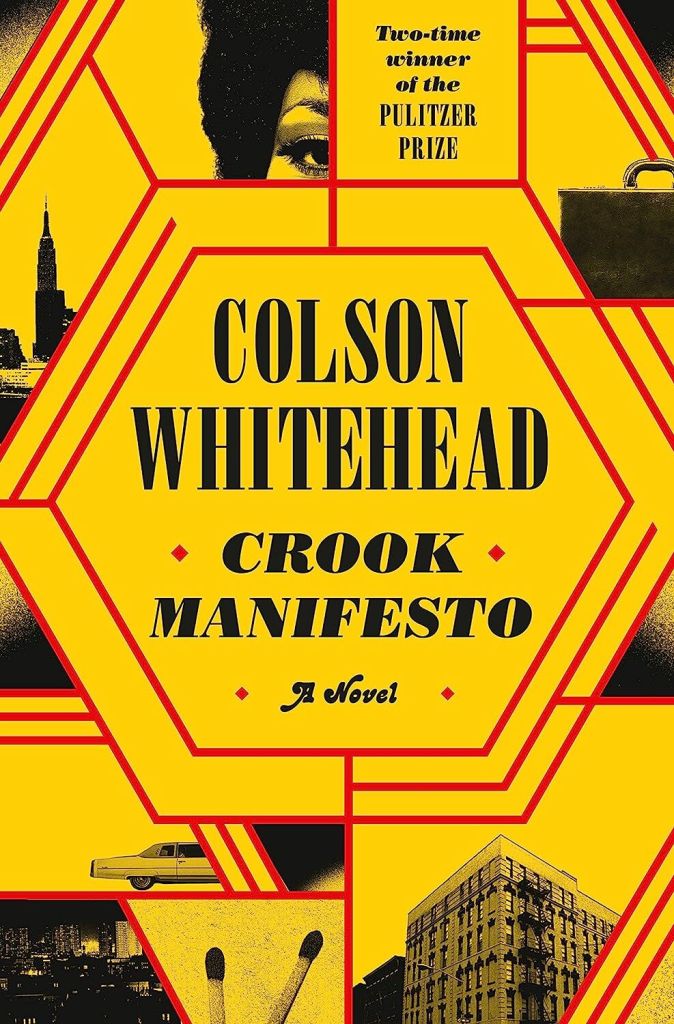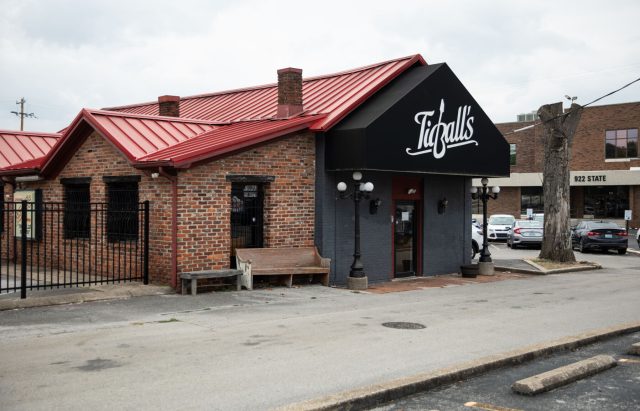‘Crook Manifesto’ delivers insight into a difficult time
Published 9:51 am Thursday, July 20, 2023

- Cover
“Crook Manifesto: A Novel,” by Colson Whitehead. New York: Doubleday, 2023. 321 pages. $30.00 (hardcover).
Colson Whitehead is the author of eleven books, including two, “The Nickel Boys” and “The Underground Railroad,” which won Pulitzer Prizes. “Crook Manifesto” is a sequel to “Harlem Shuffle,” which was set in Harlem in the 1960s, and a prequel to a future volume set there in the 1980s. “Crook Manifesto” focuses on three specific years in the 1970s and features Ray Carney, a Black furniture owner and ex-fence for jewels and assorted products which may have “fallen off a truck.”
The novel is divided into three periods: 1971, 1973, and the Bicentennial year of 1976. Anyone who spent time in New York City in the 1970s would remember seeing graffiti covering subway cars and elsewhere with garbage piling up. Crime was also featured as running rampant and bankruptcy was imminent. In 1975, the New York Daily News featured the famous headline indicating that the federal government would not bail out the city: FORD TO CITY: DROP DEAD.
Carney’s family was also central in Harlem Shuffle. In the beginning of “Crook Manifesto,” Carney has given up his fencing operation, but he is soon drawn back in, desperate to procure tickets to a Jackson 5 concert for his daughter. The desperation lead him to a crooked white policeman who has an ability to get tickets to anything.
The policeman drags Carney around the city, stealing a pile of money and endangering Carney’s life. Carney has a close associate named Pepper, who had worked for his father and who provides “security” and an ability to flush out information. In the first section, we learn of a game of ringolevio that Carney and his Harlem buddies played above 96th Street, the “Mason-Dixon Line” between the white city and the Black city, but that Munson, the crooked policeman, played in midtown in an all-day version.
It resembled “cops and robbers,” where players would “Spend hours hiding and chasing, lurking in vestibules, screaming down the street like one mad, pell-mell creature. You nabbed someone and were nabbed in turn, To capture an opponent, you had to hold on for the time it took to scream Ringolevio, one-two-three, one-two-three, one-two-three – without getting nabbed.”
The author pays close attention to detail. In the second section, Pepper is hired to provide security for a Blaxploitation movie shot in Harlem, with some scenes in the furniture store. Mention of the movie “Blacula” brings back memories and there is even mention of ice cube trays with a lever used to free the cubes being replaced by plastic trays that could be twisted.
Pepper is sent to find the female star of the movie when she walked off the set. The author parades in a cast of characters, many of whom are involved in theft, murder, or setting fires for insurance purposes. Throughout the reader can never feel that the players are completely safe, misunderstandings can easily lead to kidnappings, murders and fire bombings. Violence is always possible and Carney must keep his wife and two children out of the line of fire. When Carney’s wife becomes involved in supporting a candidate for city office, Carney learns that even this guy has a checkered past.
“Crook Manifesto” recreates life in Harlem in the 1970s very effectively. Throughout there is clearly a stark difference between a white New York City and a Black one. Some readers may be offended by some of the language used at points in the novel, but I suspect that this is necessary to capture the reality of that time and place.
Readers who know Harlem will recognize references to 125th Street, Strivers’ Row and Morningside Park, as well as reflections of the time period of the 1970s. “Crook Manifesto” is very well written and captures the essence of life in Harlem during this era. Many of the characters have a daytime and a nighttime job and the interaction between them is often decided by the power brokers in different neighborhoods of the city.
Policemen and politicians can often be active players in the violence and graft of the period, but the average residents may become their pawns, sometimes unintentionally. “Crook Manifesto” is an excellent book that provides insight and understanding to a difficult time and place and I recommend it highly.
—Reviewed by Richard Weigel, WKU History Department.






